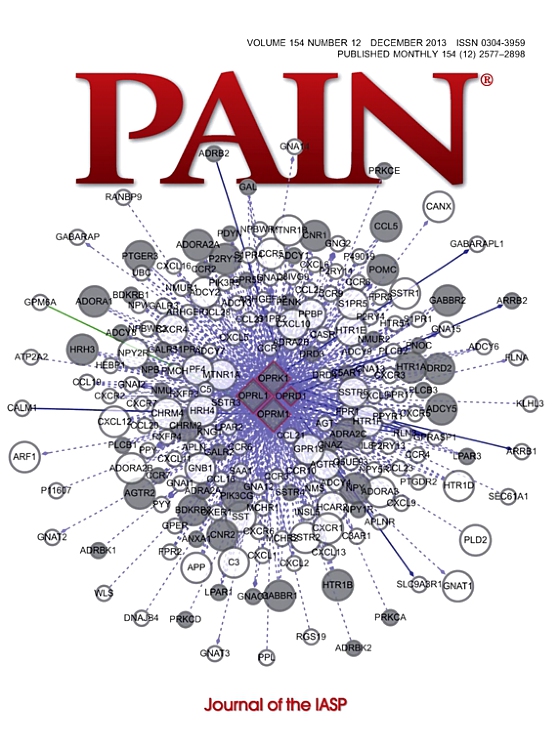Factors influencing the recruitment of diverse populations into pain research: findings from a qualitative study with underrepresented participants.
IF 5.9
1区 医学
Q1 ANESTHESIOLOGY
引用次数: 0
Abstract
The inclusion of diverse populations in pain research is crucial to obtaining a complete understanding of how the biopsychosocial experience of pain is seen through the lens of different populations. Traditionally, individuals who identify as Black/African American or Hispanic/Latino have not participated in early phase clinical trials, and as a result, their unique perspectives of the management of pain have not been included in study results. In this qualitative research study, we sought to uncover barriers that prevent diverse populations from participating in pain treatment clinical trials. Partnering with a community organization, we used a semistructured interview to conduct nine focus groups among underrepresented populations to obtain these perspectives. A total of 54 patients with ages ranging from 23 to 77 years old were recruited for this study. Of the patients recruited for the study, 74% identified as non-Hispanic Black, and 24% identified as Hispanic/Latino. Results were recorded, transcribed, and analyzed for thematic saturation using inductive qualitative content analysis. Results uncovered an array of different perspectives including the recognition of historical wrongs that lead to mistrust of the research and healthcare systems. However, other perspectives include recognition that the location of study sites, time required for participation, and overall accessibility of the study play a significant role in an individual's willingness to participate.影响招募不同人群进入疼痛研究的因素:来自代表性不足参与者的定性研究结果。
在疼痛研究中纳入不同的人群对于全面了解如何通过不同人群的视角来看待疼痛的生物心理社会体验至关重要。传统上,被认定为黑人/非裔美国人或西班牙裔/拉丁裔的个体没有参加早期临床试验,因此,他们对疼痛管理的独特观点没有包括在研究结果中。在这项定性研究中,我们试图揭示阻碍不同人群参与疼痛治疗临床试验的障碍。我们与一个社区组织合作,采用半结构化访谈,在代表性不足的人群中进行了9个焦点小组,以获得这些观点。本次研究共招募了54例患者,年龄从23岁到77岁不等。在研究招募的患者中,74%为非西班牙裔黑人,24%为西班牙裔/拉丁裔。结果被记录、转录,并使用归纳定性内容分析分析主题饱和度。结果揭示了一系列不同的观点,包括承认导致对研究和医疗系统不信任的历史错误。然而,其他观点包括认识到研究地点的位置、参与所需的时间和研究的总体可及性在个人参与意愿中起着重要作用。
本文章由计算机程序翻译,如有差异,请以英文原文为准。
求助全文
约1分钟内获得全文
求助全文
来源期刊

PAIN®
医学-临床神经学
CiteScore
12.50
自引率
8.10%
发文量
242
审稿时长
9 months
期刊介绍:
PAIN® is the official publication of the International Association for the Study of Pain and publishes original research on the nature,mechanisms and treatment of pain.PAIN® provides a forum for the dissemination of research in the basic and clinical sciences of multidisciplinary interest.
 求助内容:
求助内容: 应助结果提醒方式:
应助结果提醒方式:


